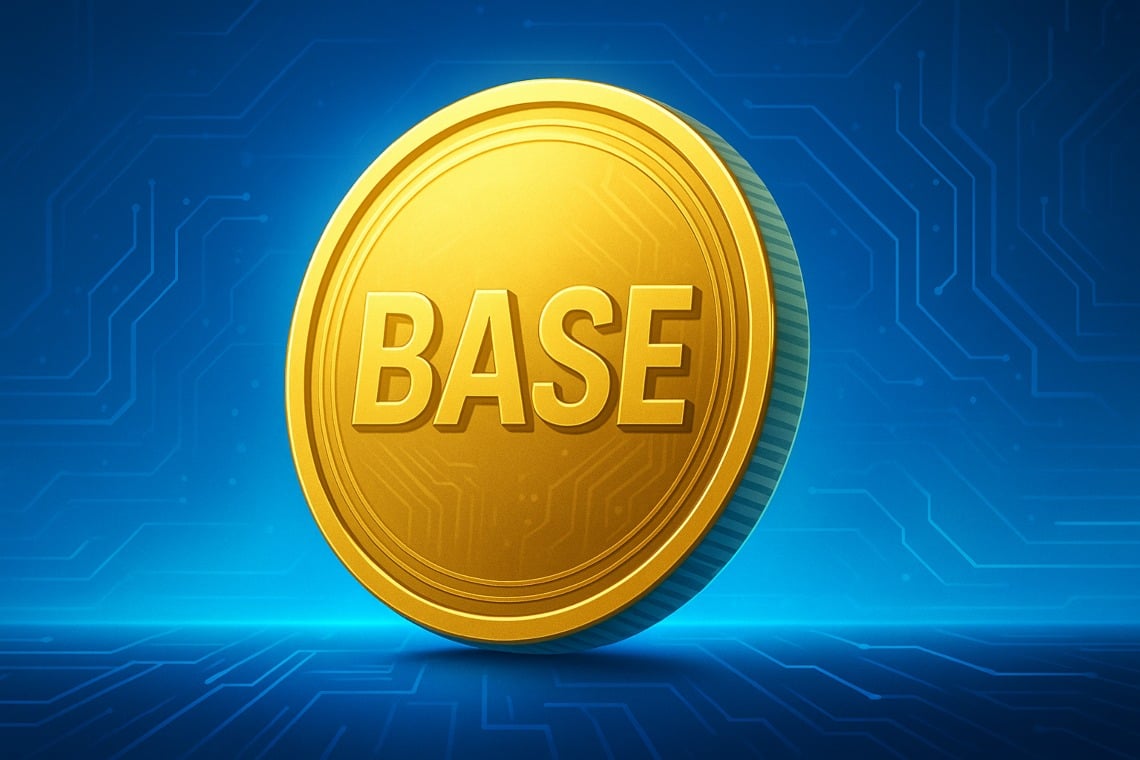Analysts highlight 3 cryptocurrencies as the top options to buy during a global recession.
Recessions test the resilience of every asset class. Stocks lose momentum, currencies wobble, and safe havens like gold often dominate headlines. But for crypto investors, global downturns create a unique window where digital assets can either shine as uncorrelated hedges or collapse under liquidity stress. The 2020 COVID-era crash proved just how quickly capital could rotate into crypto, fueling Bitcoin’s rise from under $5,000 to new all-time highs within 18 months.
As 2025 progresses, analysts warn that global recession risks are rising once again, with slowing job markets, tightening credit, and fragile consumer sentiment. For investors, the challenge lies in identifying which cryptocurrencies can not only weather recessionary storms but deliver outsized multiples as capital rotates back into risk-on trades. Among the most discussed names are Ethereum, Bitcoin, and the presale newcomer MAGACOIN FINANCE, recently listed among the top three coins to watch, with upside projections reaching 65x. Traders argue MAGACOIN FINANCE combines meme culture with utility, making it a rare dual-threat token in an overcrowded market.
Bitcoin: The Digital Reserve Asset
When recessions hit, liquidity evaporates, and risk assets tend to underperform. Yet Bitcoin has shown remarkable resilience across past downturns, increasingly acting as a digital reserve asset. Institutional flows into Bitcoin ETFs, totaling more than $600 million in recent days, underscore its growing role as a hedge, not unlike gold.
For long-term investors, Bitcoin offers limited downside relative to smaller-cap tokens. Its fixed supply, global recognition, and growing integration into traditional finance make it the “safe choice” within crypto. Analysts suggest that if the global economy contracts further, Bitcoin could reclaim its narrative as digital gold and attract fresh capital from investors seeking security while still wanting crypto exposure. While 50x upside is unlikely, Bitcoin provides the base layer of resilience in any crypto recession strategy.
Ethereum: Utility That Outlasts Cycles
Ethereum has become the backbone of decentralized finance (DeFi), tokenization, and smart contracts. Even in bearish cycles, its developer activity and ecosystem growth remain unparalleled. A recession may slow speculative activity, but Ethereum’s real-world utility, from tokenized U.S. Treasuries to stablecoin infrastructure, ensures it retains relevance.
The Ethereum network has already captured more than 75% of tokenized assets, including billions in RWAs like bonds and equities. Institutional adoption is accelerating as banks and exchanges increasingly leverage Ethereum’s Layer-2 networks for settlement efficiency. Analysts argue that, unlike meme coins, Ethereum’s value lies in its indispensability. If a global recession prompts regulators and institutions to prioritize efficiency, Ethereum could emerge stronger than ever, serving as the infrastructure layer for a digitized financial system. While its growth curve may not deliver meme-coin style multiples, it remains one of the most recession-resilient altcoins.
MAGACOIN FINANCE: The Dual-Threat Presale
While Bitcoin and Ethereum represent stability, MAGACOIN FINANCE captures the speculative side of the recession strategy. Recently listed among the top three coins to watch, the presale is drawing attention with 65x upside potential. What sets it apart is its ability to straddle both worlds: meme-driven cultural hype and legitimate utility.
Analysts emphasize that this bonus structure, combined with scarcity mechanics, is accelerating demand. Investors argue this foundation is what most meme projects lack, and why MAGACOIN FINANCE could emerge as a generational play even during a global downturn.
Momentum is undeniable. Presale rounds are selling out quickly, whale allocations have been spotted, and community traction is surging across many crypto groups. For many, MAGACOIN FINANCE feels like the second chance they missed with SHIB and PEPE, but with added trust baked in.
Macro Context: Why Recessions Can Fuel Crypto
At first glance, recessions should hurt risk assets like crypto. But history shows they often create fertile ground for explosive rallies. Liquidity injections, stimulus measures, and falling interest rates push investors toward assets with asymmetric upside. That’s why Bitcoin soared after the March 2020 crash and why Ethereum’s DeFi boom flourished amid broader economic uncertainty.
The same logic applies to meme-driven tokens. When mainstream assets stagnate, cultural and speculative plays dominate retail attention. MAGACOIN FINANCE, with its dual positioning, could benefit enormously from this environment. Analysts believe a recessionary cycle could accelerate altcoin rotation as investors look for cheaper entry points with higher multiple potential.
Why MAGACOIN FINANCE Could Outperform During a Recession
- Audit Approval: CertiK and HashEx certification provide legitimacy absent in most meme coins.
- Whale and Retail Backing: Strong participation from both sides ensures liquidity at launch.
- Dual Narrative Power: Combines meme-culture hype with utility—a rare dual-threat in an overcrowded market.
Conclusion
A global recession is a test for every asset class, but crypto’s unique blend of volatility and resilience creates opportunities not found elsewhere. Bitcoin remains the digital reserve, offering security and steady inflows. Ethereum provides the infrastructure and utility that outlast cycles, anchoring the future of tokenization and decentralized finance. But it is MAGACOIN FINANCE that offers the speculative spark, a presale positioned for 65x upside, fortified by audits, scarcity, and whale interest.
In times of uncertainty, investors seek both protection and opportunity. Bitcoin and Ethereum deliver the first. MAGACOIN FINANCE may deliver the second chance of a lifetime.
To learn more about MAGACOIN FINANCE, visit:
Website: https://magacoinfinance.com
Access: https://magacoinfinance.com/access
Twitter/X: https://x.com/magacoinfinance
Telegram: https://t.me/magacoinfinance
This publication is sponsored. Coindoo does not endorse or assume responsibility for the content, accuracy, quality, advertising, products, or any other materials on this page. Readers are encouraged to conduct their own research before engaging in any cryptocurrency-related actions. Coindoo will not be liable, directly or indirectly, for any damages or losses resulting from the use of or reliance on any content, goods, or services mentioned. Always do your own research.
Related stories
Next article
Source: https://coindoo.com/top-3-cryptos-to-buy-during-a-global-recession/


